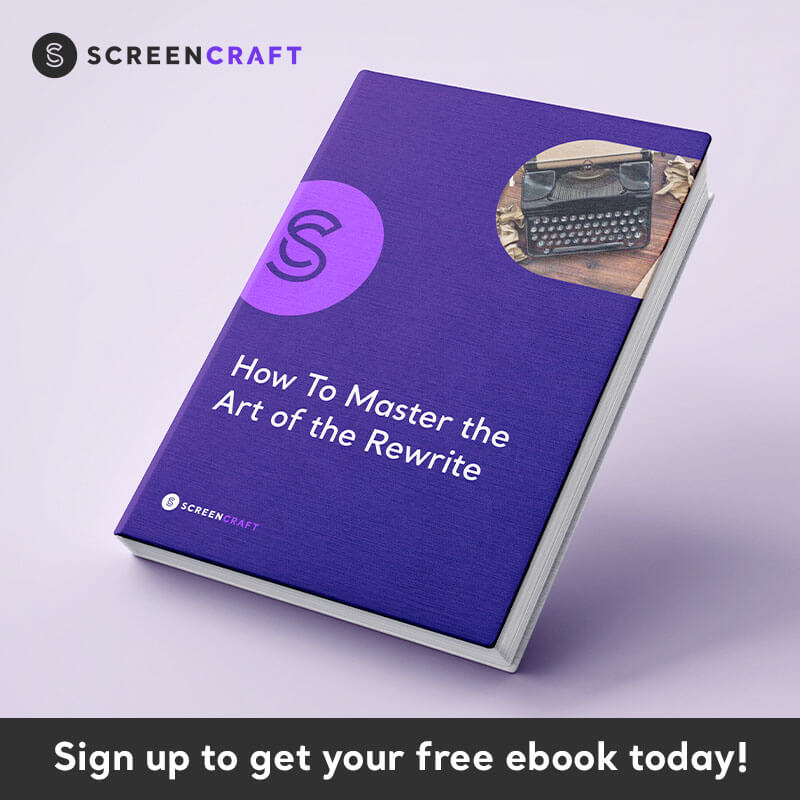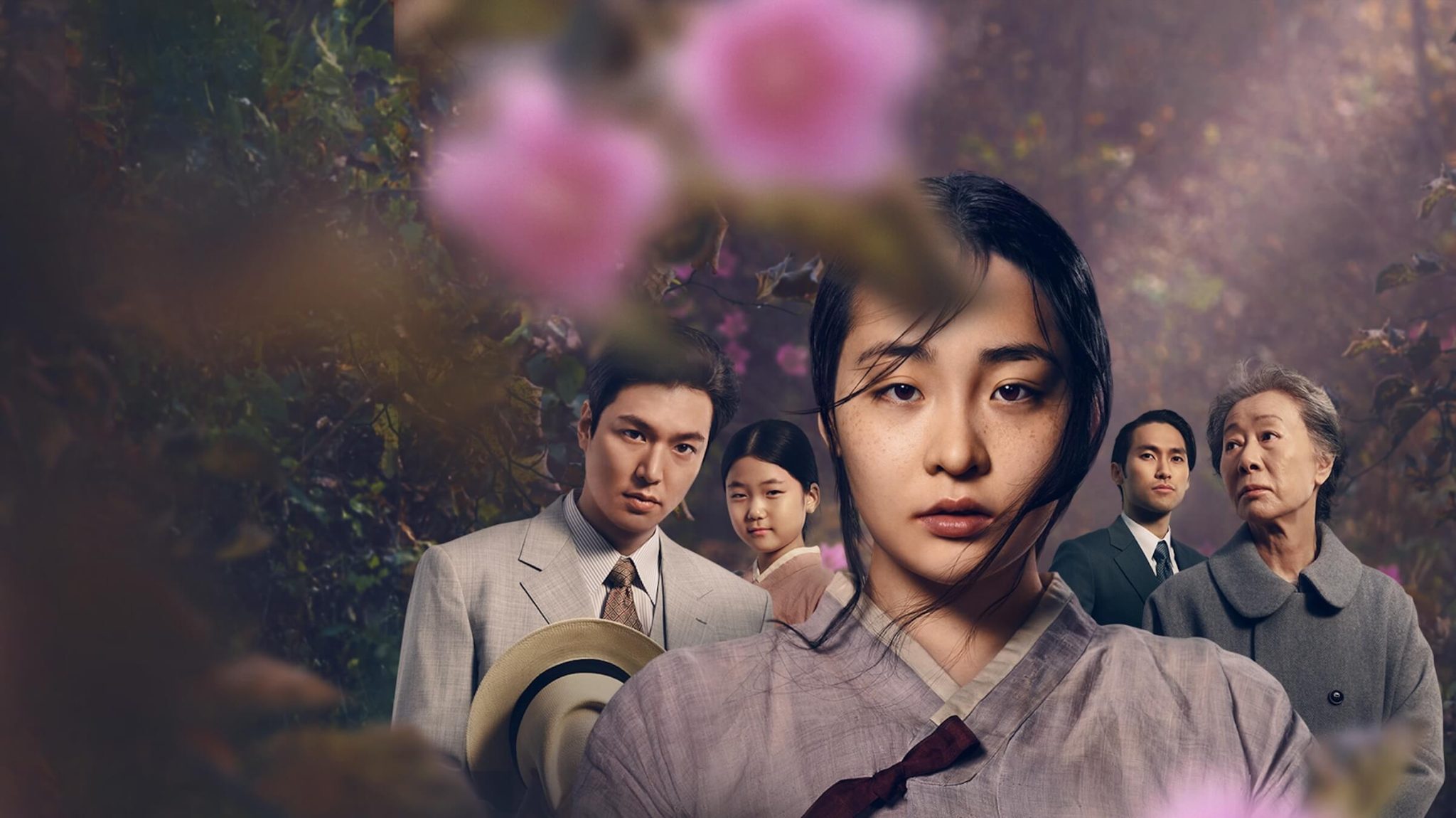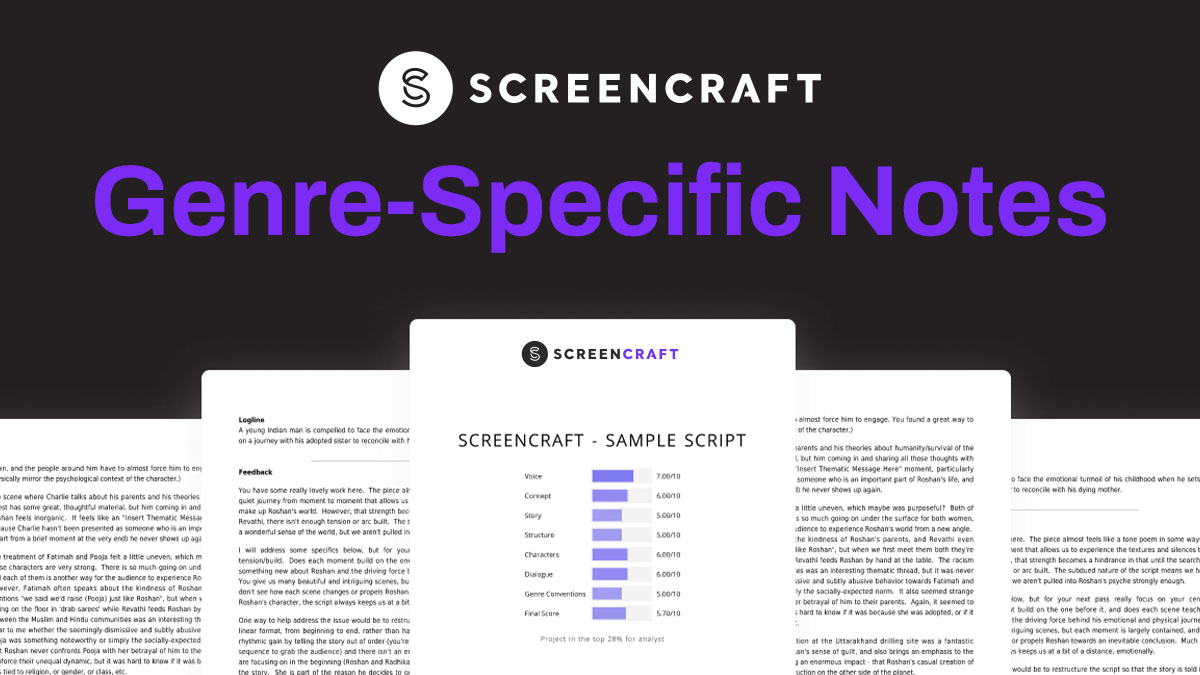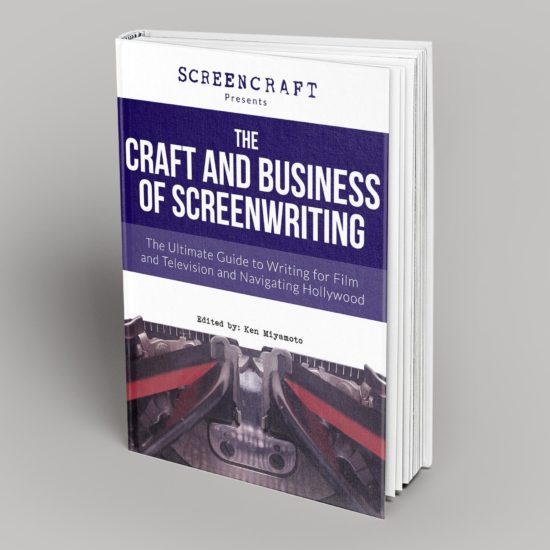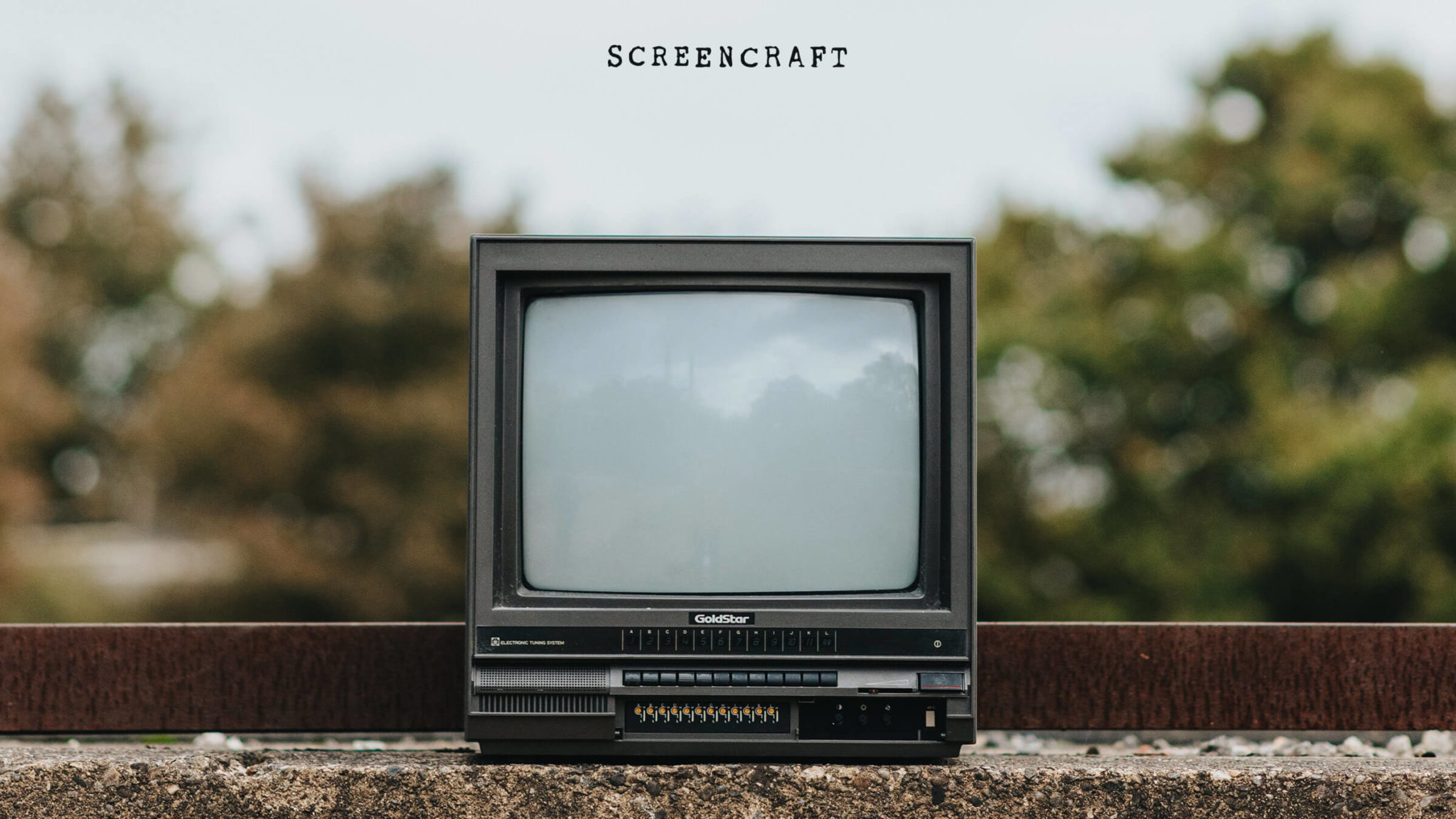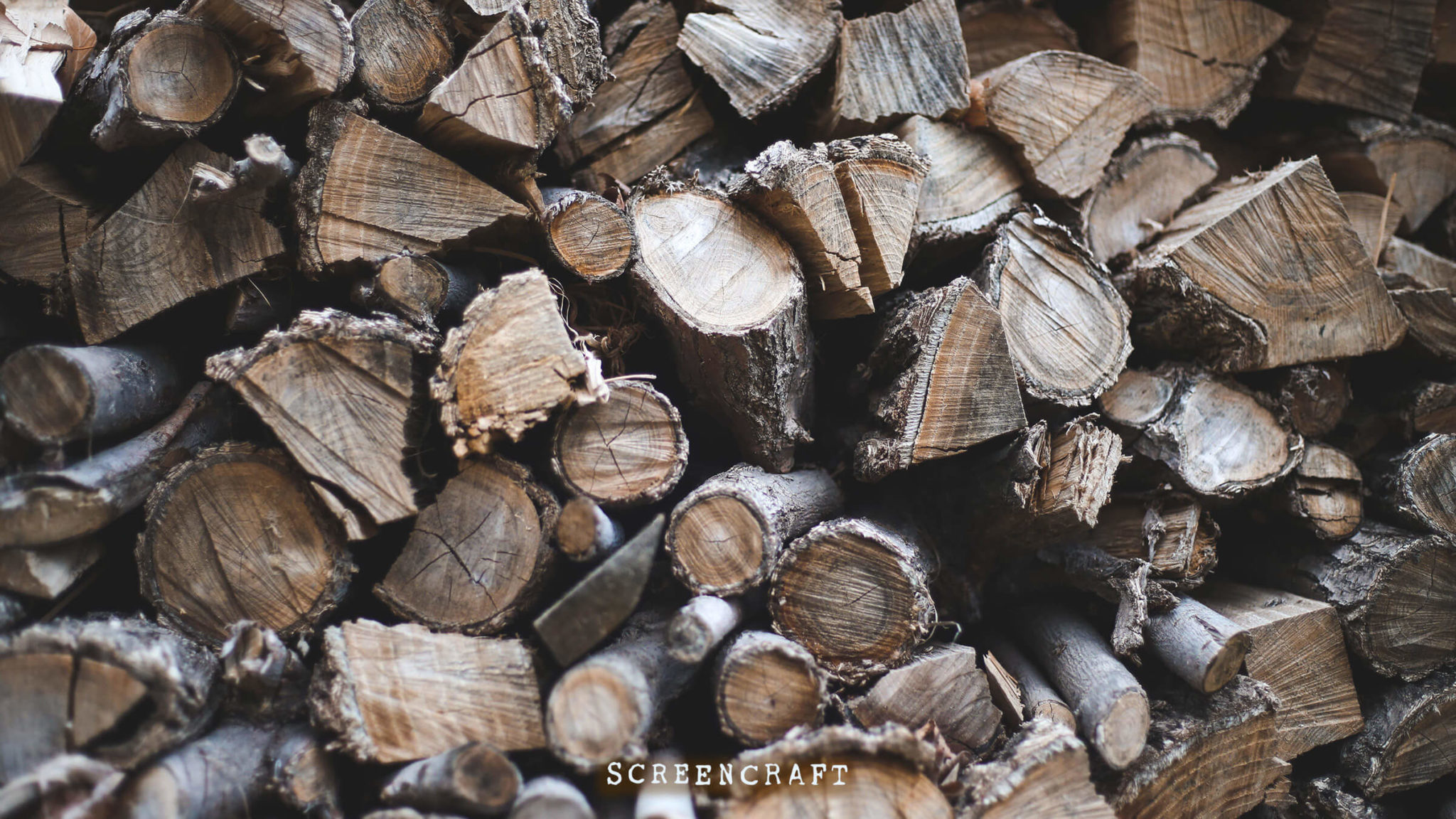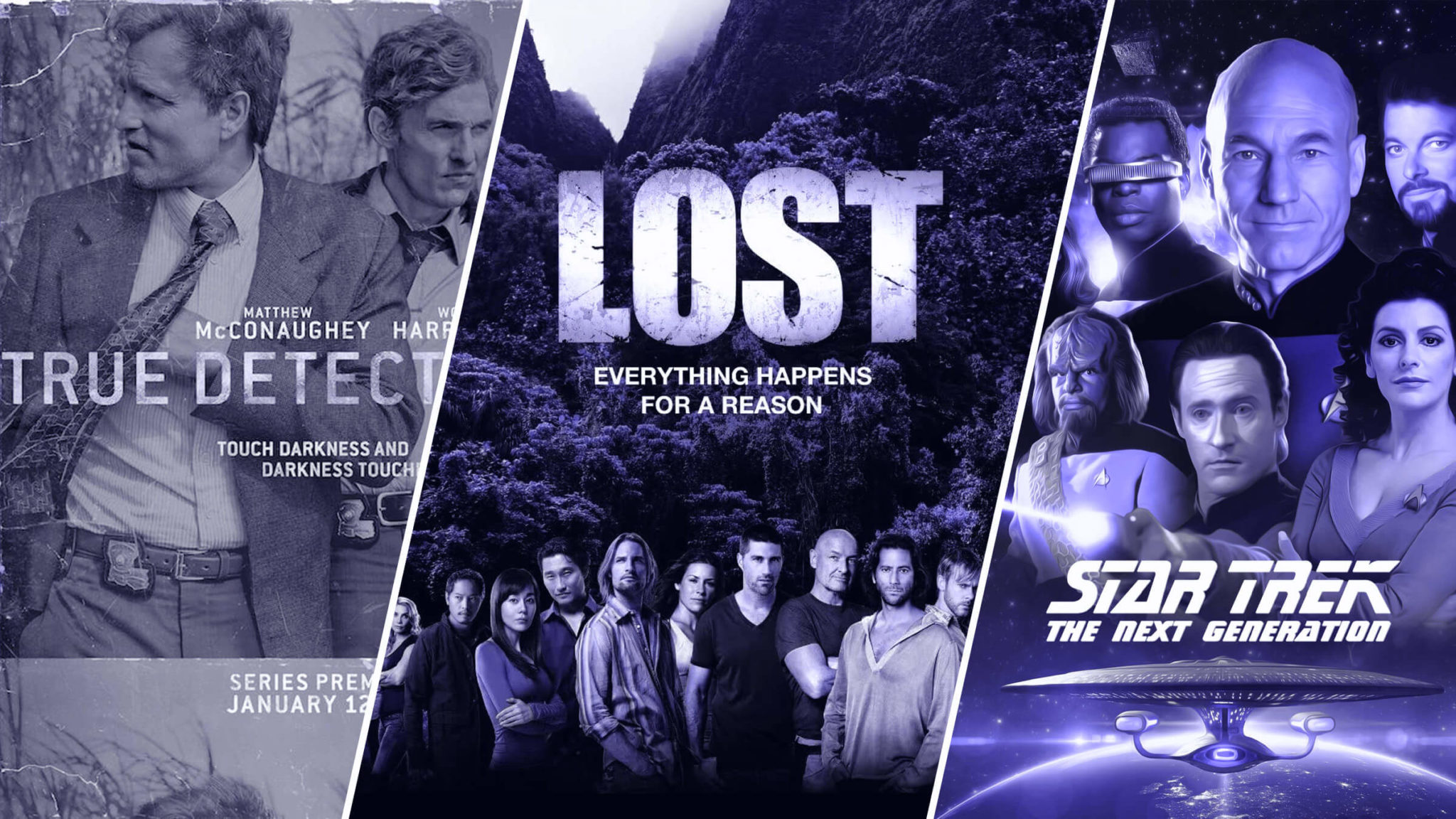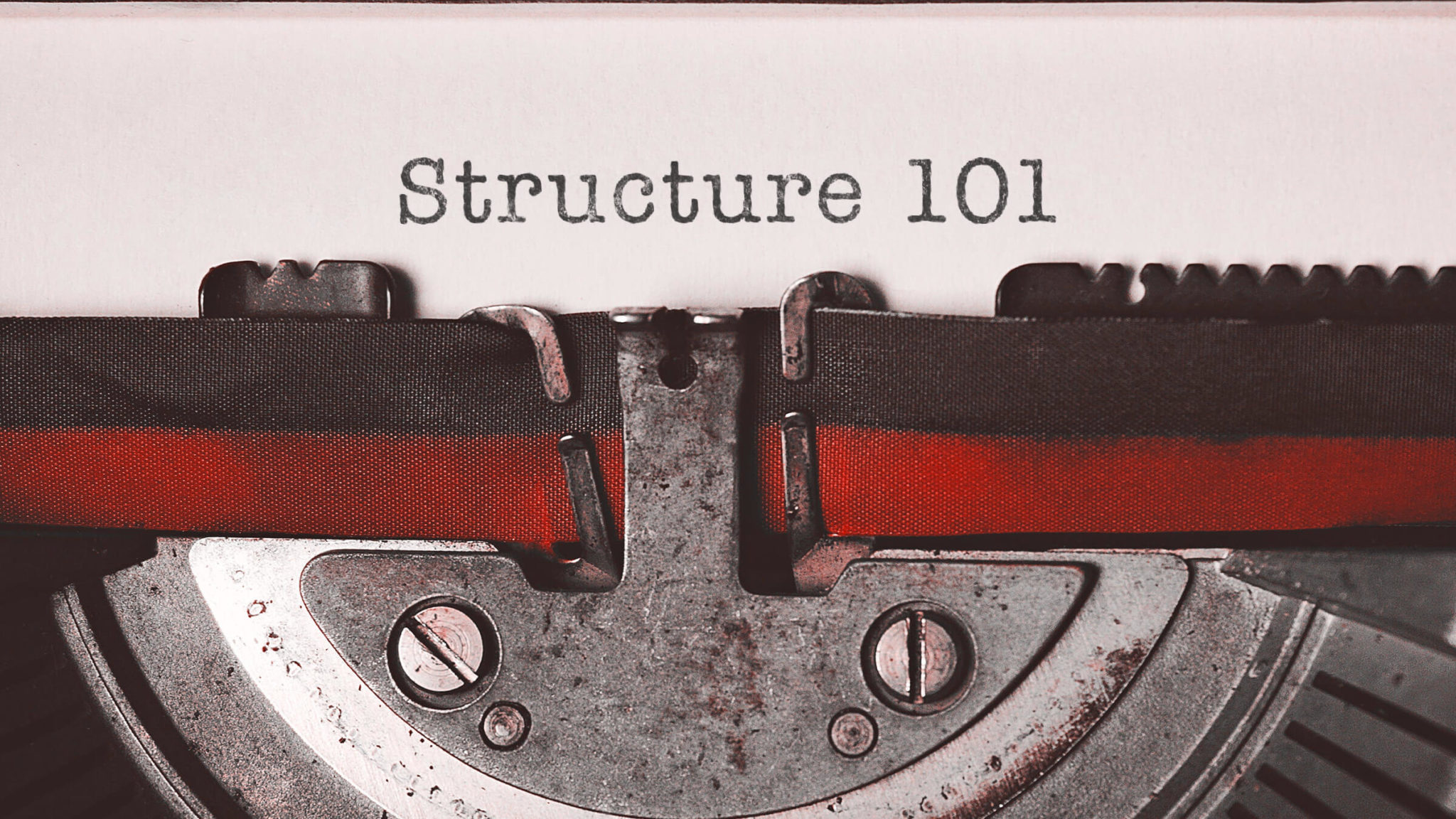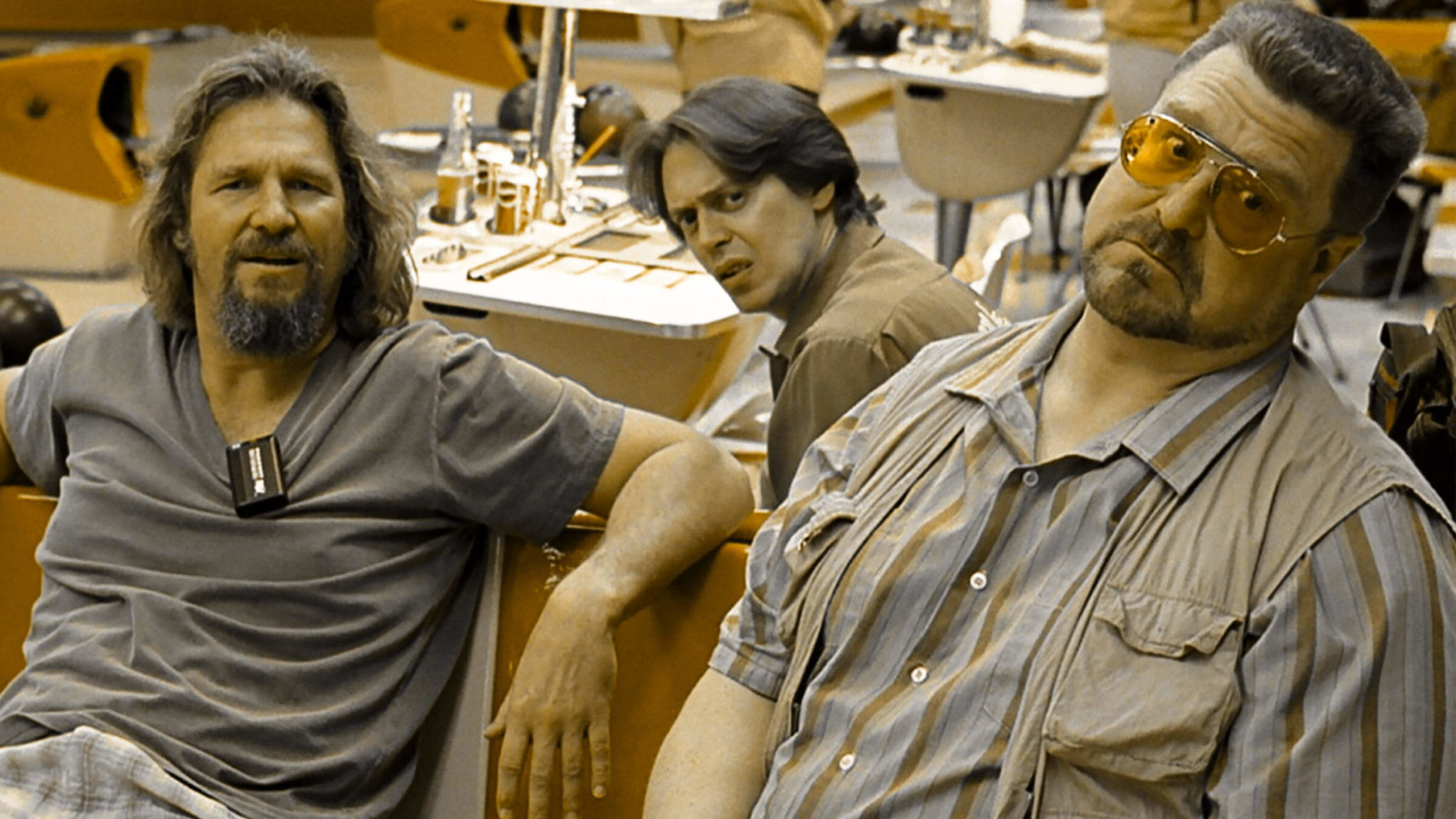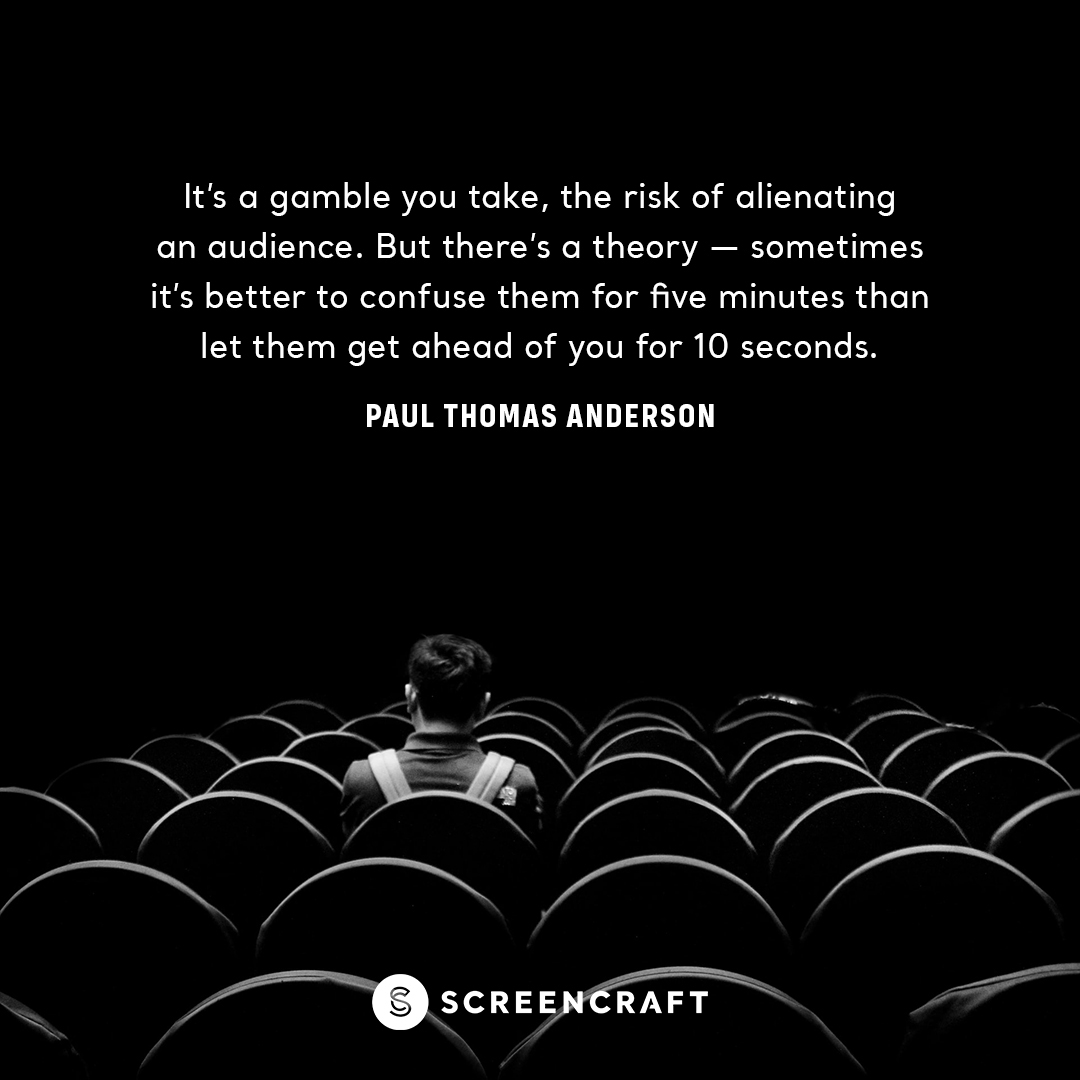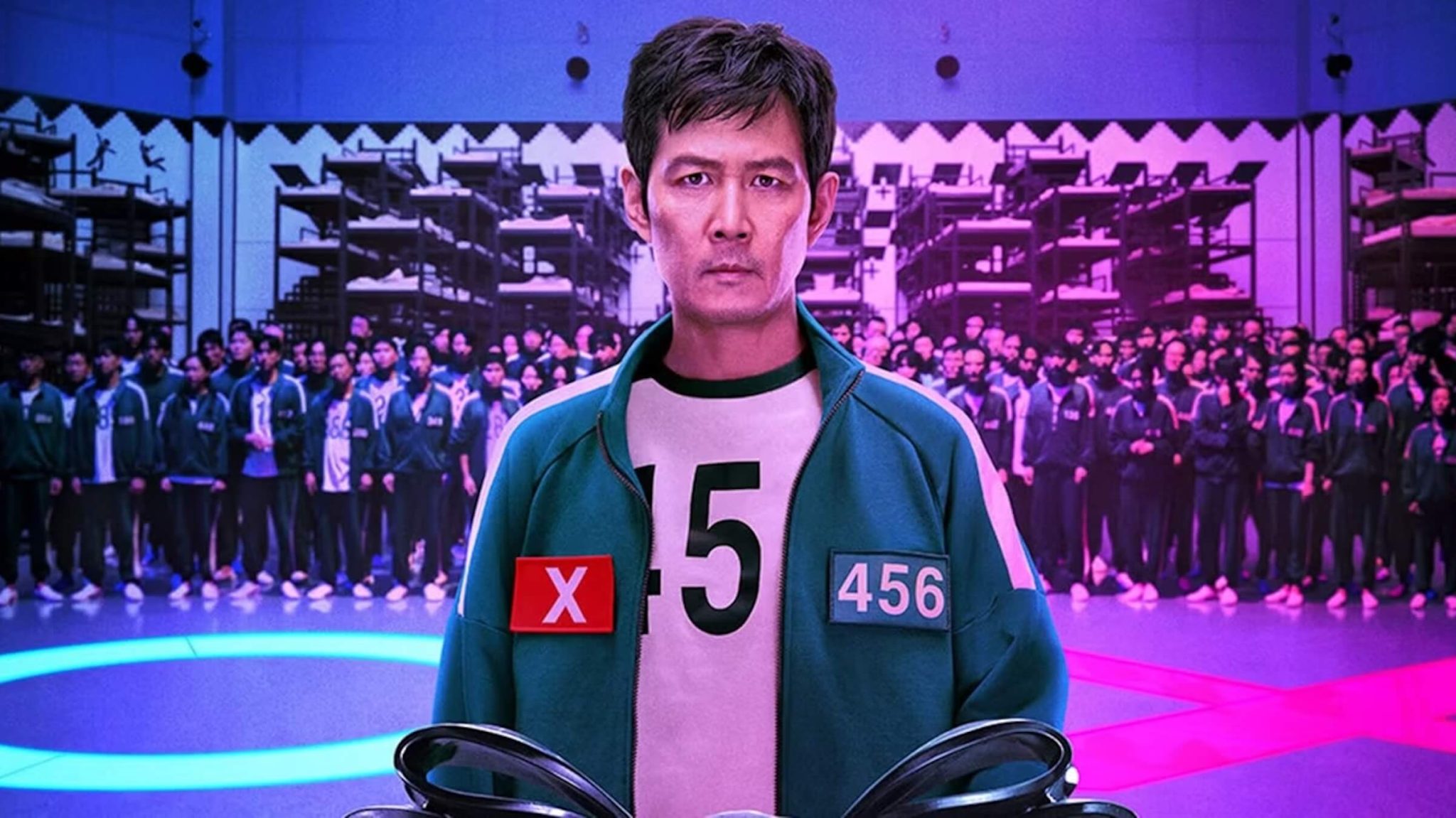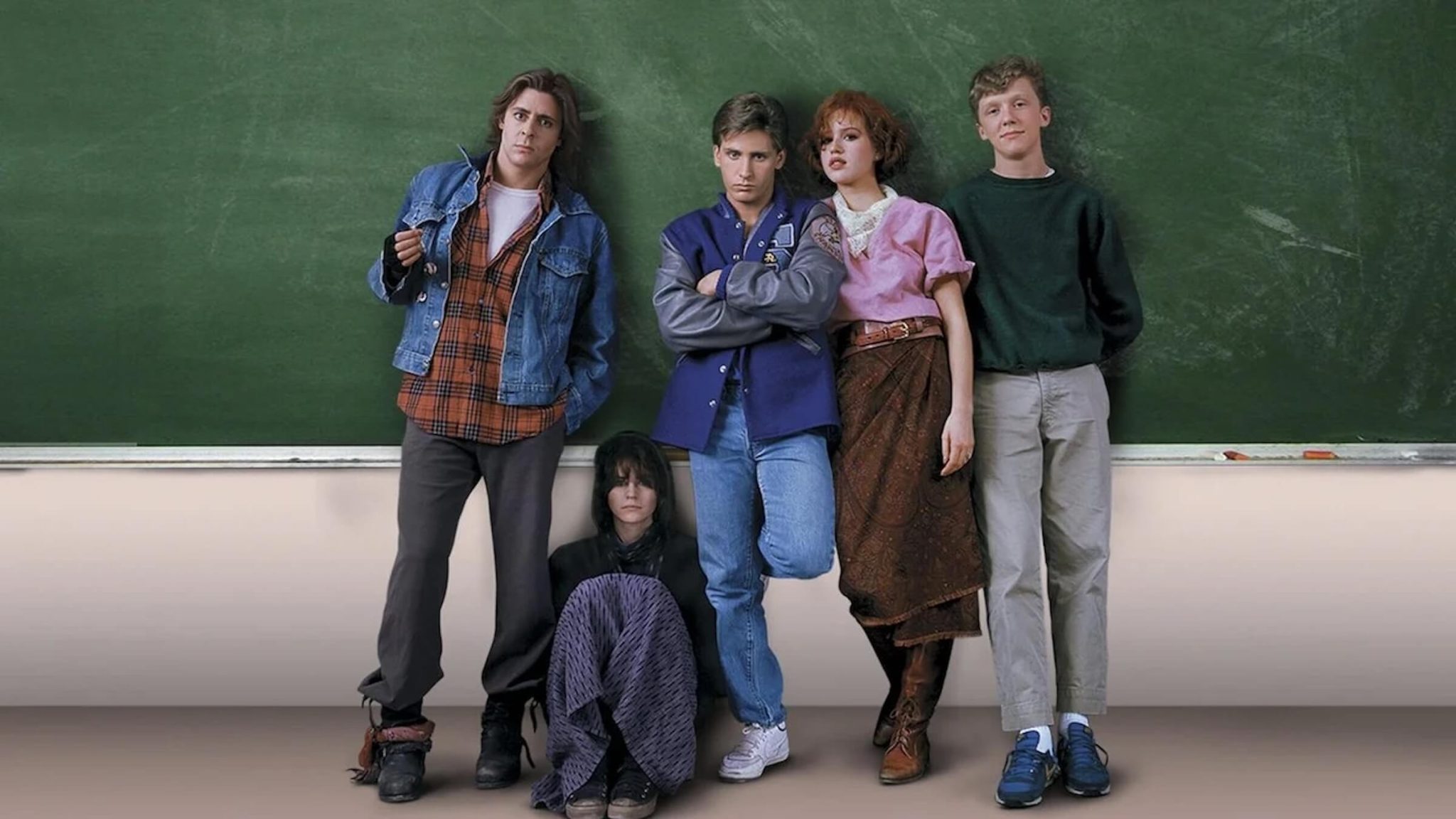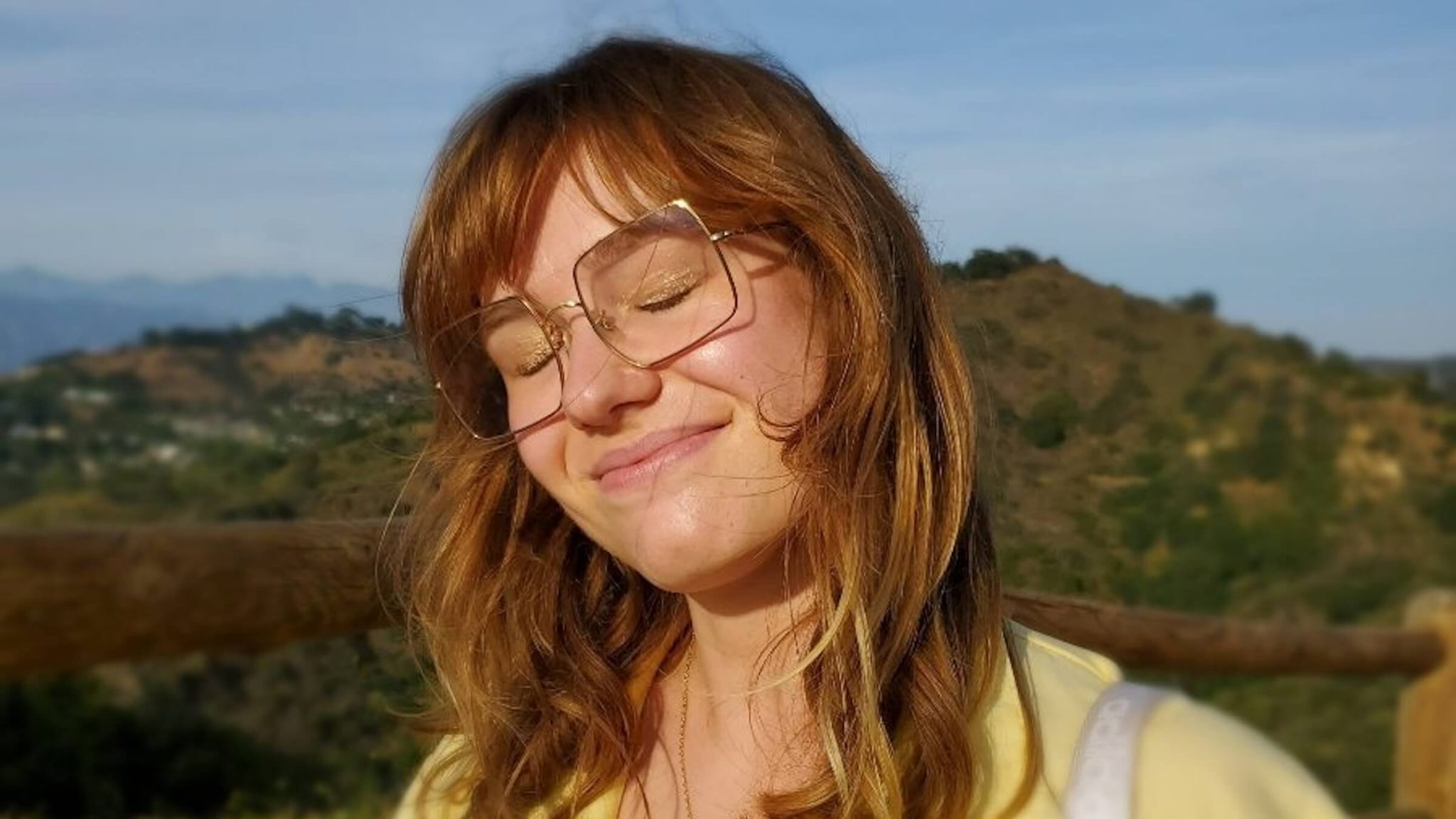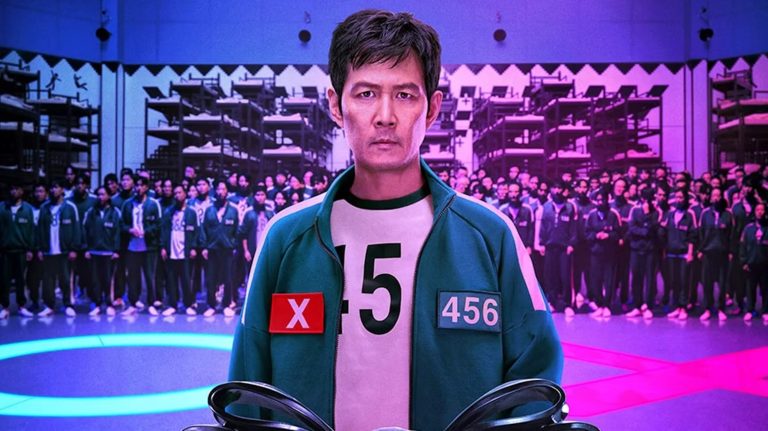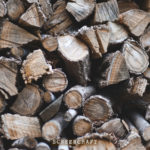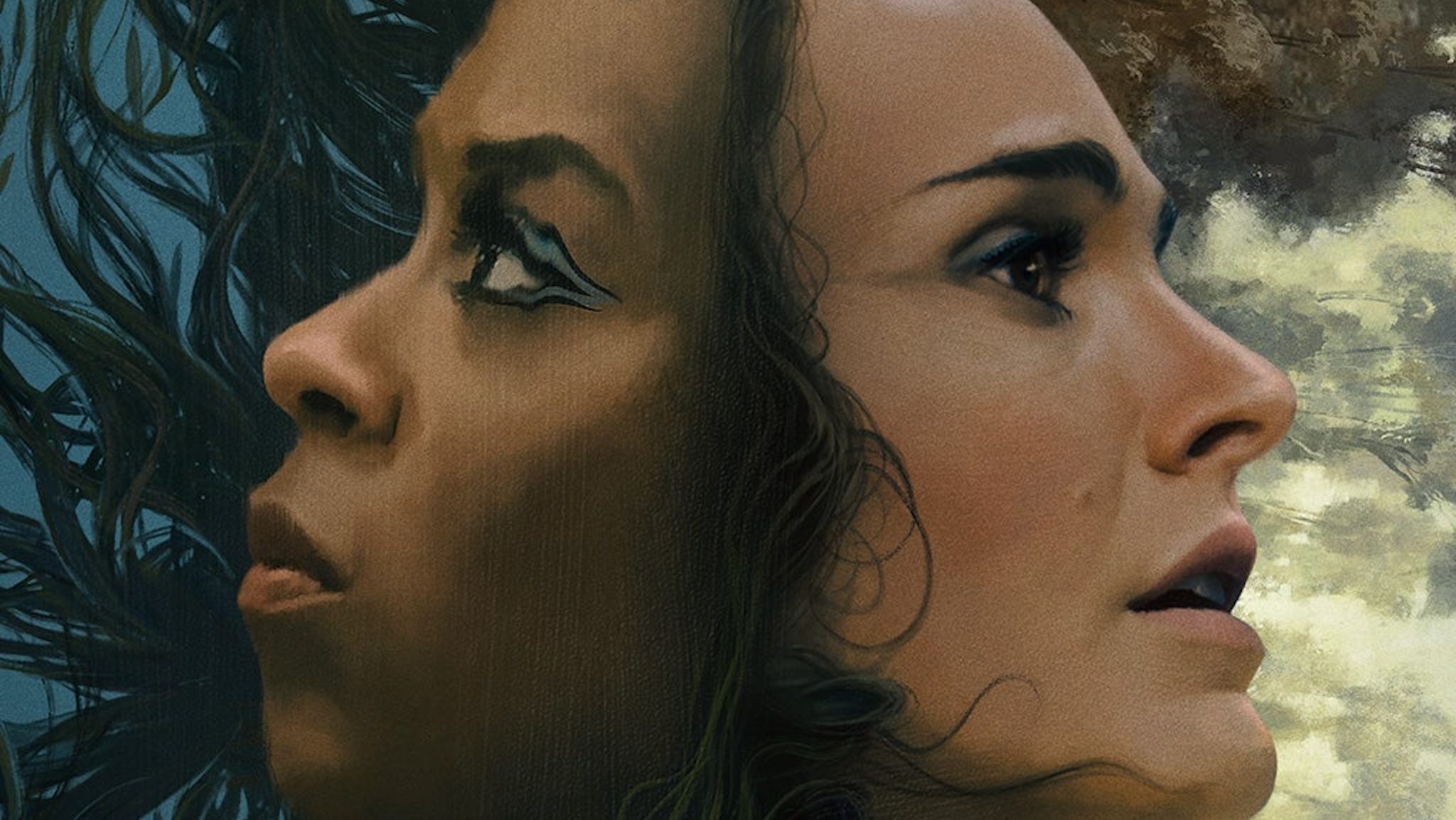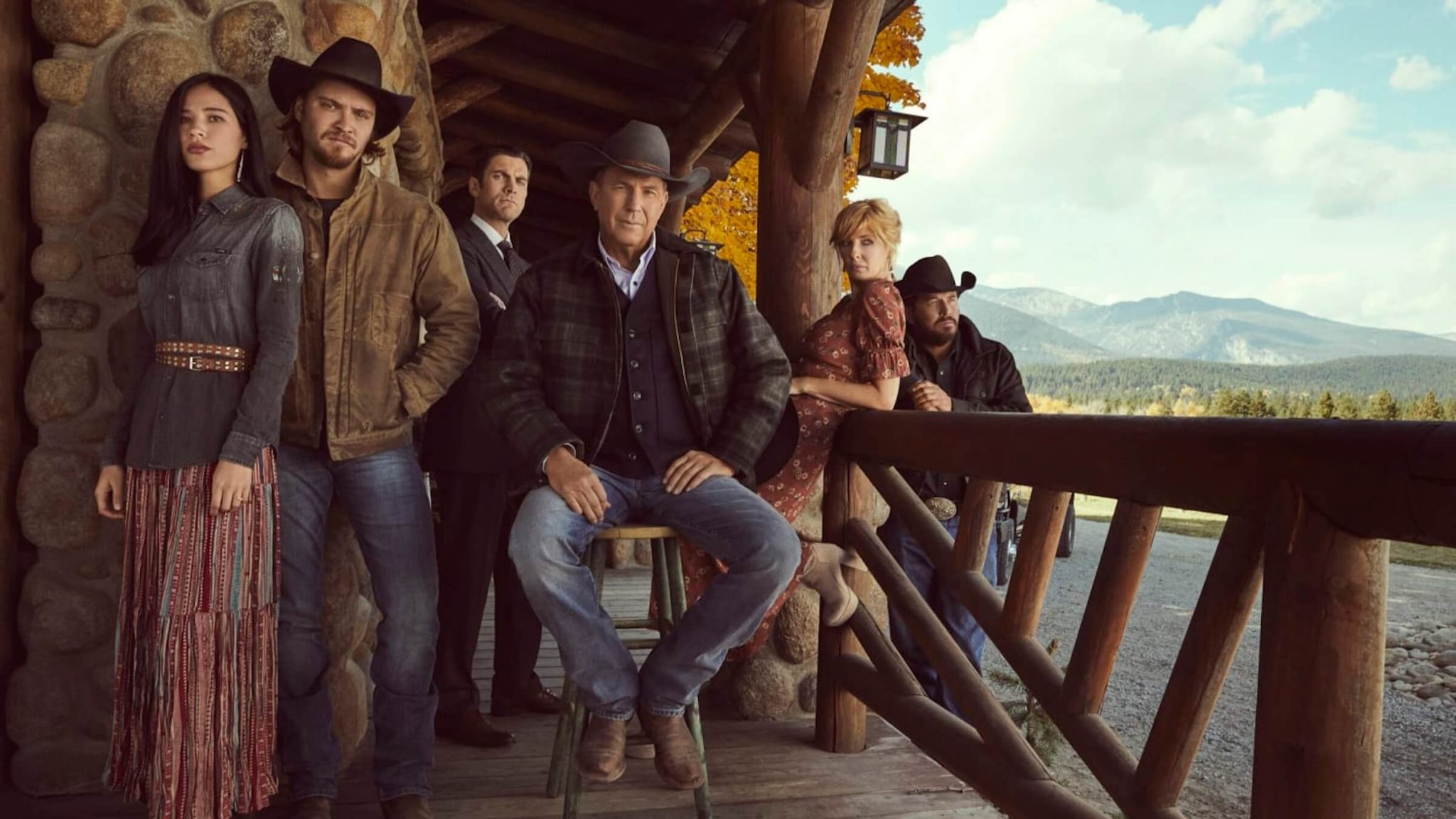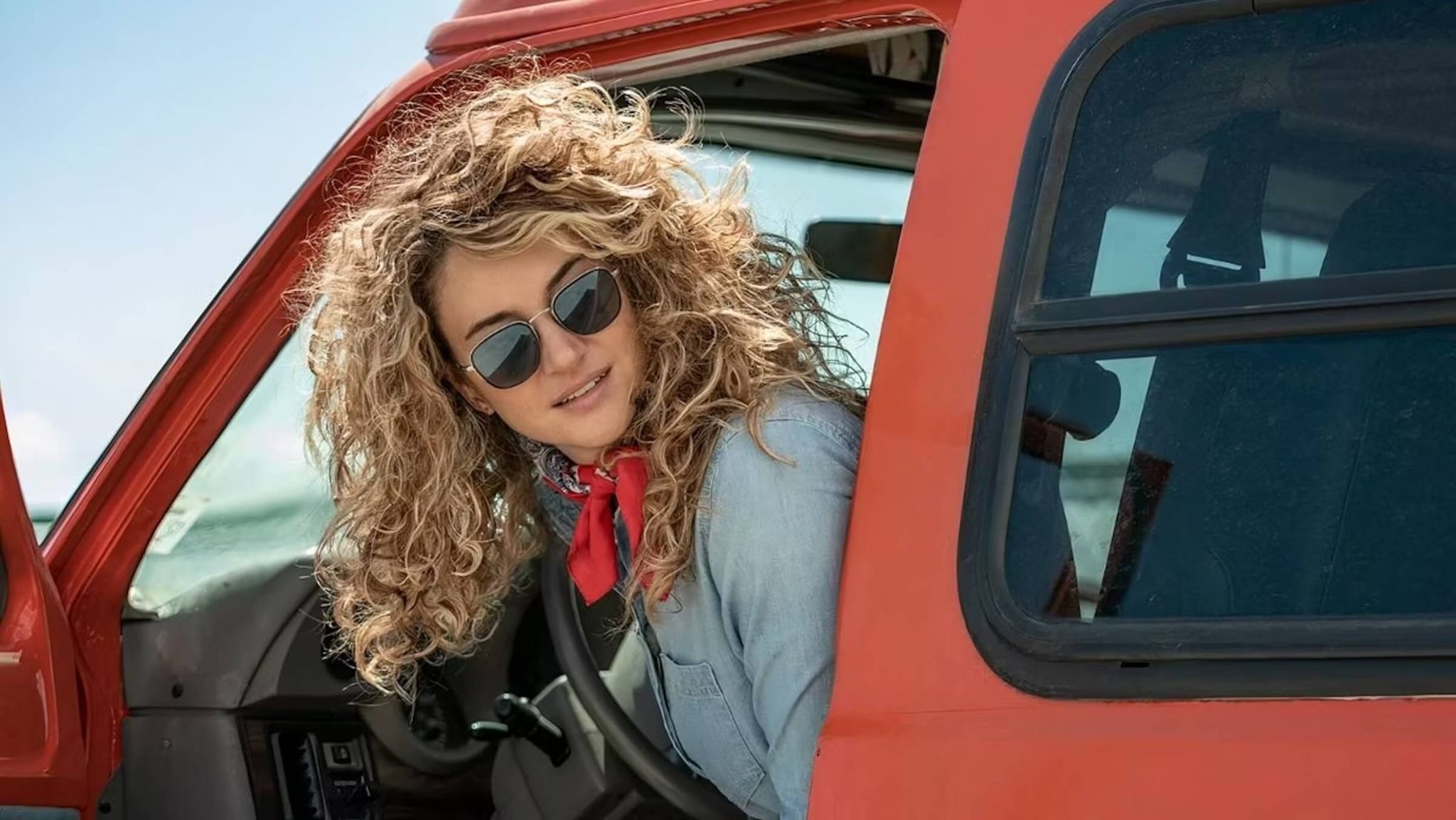4 Key Writing Lessons from ‘Pachinko’ Showrunner Soo Hugh
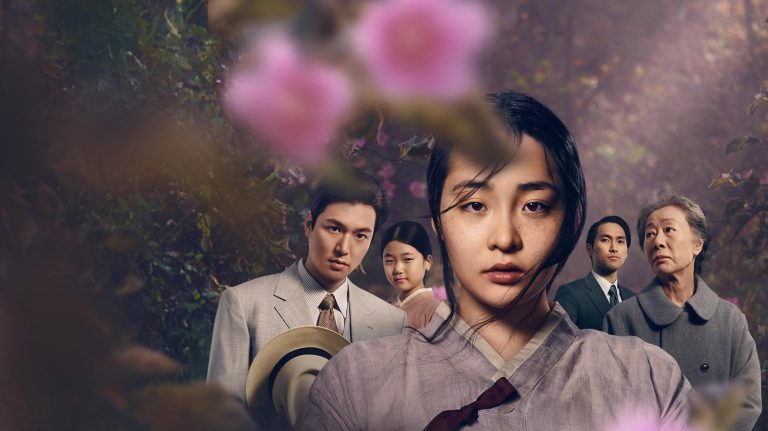
Apple TV’s Pachinko, a drama series based on the 2017 novel by Min Jin Lee, has garnered accolades galore since its premiere in 2022, including a Peabody Award and a Critics' Choice Award. The story begins in 1915 in occupied Korea but reaches as far as 1989 New York City, following the trials of a Korean family.
Showrunner Soo Hugh, formerly of AMC’s horror masterpiece The Terror and The Killing, has guided this complex, multigenerational tale from the beginning.
ScreenCraft sat down with Hugh just after the show’s Season 2 premiere to ask her for advice and what her approach is to working on this intricate, emotional series.
Be Flexible When Adapting a Novel
Hugh said the process of adapting the book was not something that came easily to her—a writer might think that having source material is like a shortcut, but you must consider other challenges when you sit down to write.
The original novel is quite expansive, and Hugh’s version does overlap and combine some parts of the storyline in new ways. But arriving there, she says, was a process.
In Hugh’s case, this was a period tale in another language, which can be notoriously difficult to produce, even with popular intellectual property as your starting point. Hugh said one thing that helped her and her team was not “overthinking” it and focusing on their passion for the story.
“In your first drafts, you might keep more of the book,” she said, “and then as you rewrite and rewrite and rewrite, it changes and morphs into a little bit of something else.”
She added that when you adapt a book into another medium, it’s important to honor “the spirit and soul” of the original material. But don’t be married to the source and think you have to be bound to its rules, simply because it’s there. Understand that the book is a different experience than a TV show, and that will free you up to be creative.
“You do need to break the spine of the book to tell that story successfully in the new medium,” Hugh said.
Read More: How ‘We Were The Lucky Ones’ Showrunner Erica Lipez Masterfully Adapted the Complex Narrative for TV
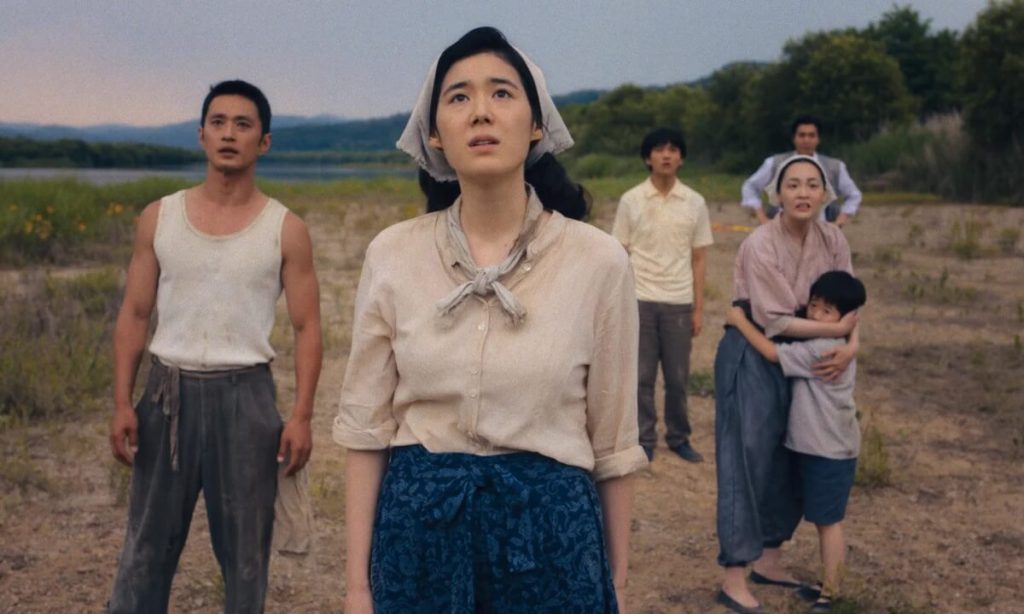
'Pachinko' (2022-)
Prepare Before You Dive In
In a narrative as complex as Pachinko, preparation was key for Hugh and her team.
They started by breaking the storylines for each character, then they moved to the different time periods. From there, they weaved their plotlines together using a beat sheet. That’s where writers tend to establish the major story landmarks, following traditional story structure.
The beat sheet took them to the outline phase. An outline can be more detailed and usually fills in the blanks of the narrative. By the time they were ready to move on to the script, they were well prepared.
Before writing scripts, you may find it's crucial to map out the story through outlines and beat sheets, especially if you intend on eventually going nonlinear. But that’s not the case for everyone, as Hugh acknowledged.
“I am a firm, firm, firm believer, don't go to script until you absolutely need to,” she said. “I have friends who can just jump to the script so quickly, I know people who don't even outline. And it blows my mind. I can't even imagine not having an outline to go to script, because I just need to be able to see how it works. The structure of it, the form of it, the voice of it before laying it down in Final Draft.”
Especially in this case, for Hugh and her team, breaking down characters and timelines first ensures the complicated narrative is very clear and emotionally resonant when woven together.
Read More: How to Write a Screenplay: A 10-Step Guide
Overwrite To Find a Scene’s Emotion
When asked about how to balance exposition with emotion in a scene, Hugh had a unique response.
“I would rather overwrite and have actors oversay, and then cut in post than edit too drastically in the script,” Hugh said. “When we get the editor’s cut after we shoot, these scenes are long. You quickly realize, ‘Ah, we don't need that line. Cut that line. Oh, we don't need that line. Cut that line.’ Or ‘We need that line, put it back in.’”
Of course, this is a particular situation where Hugh is free to shoot all the dialogue she and her team desire, and then restructure during post-production. In her case, she said she’s viewing the edit for Pachinko as “the second form of writing on a show.”
If you’re a writer at the beginning of your career and perhaps not at liberty to shoot your work right away, it’s advisable to get your scenes as tight as possible, especially for prospective representation, producers, or competitions. Long, meandering scenes with extra dialogue are not always going to resonate with a reader.
But the maxim remains that you can always overwrite in your early draft—go big, go dramatic, make your characters larger-than-life—and then scale yourself back in your revision. It’s almost always more difficult to try to find that big energy in the rewrite of a finished work. It’s easier to simply tone it down later.
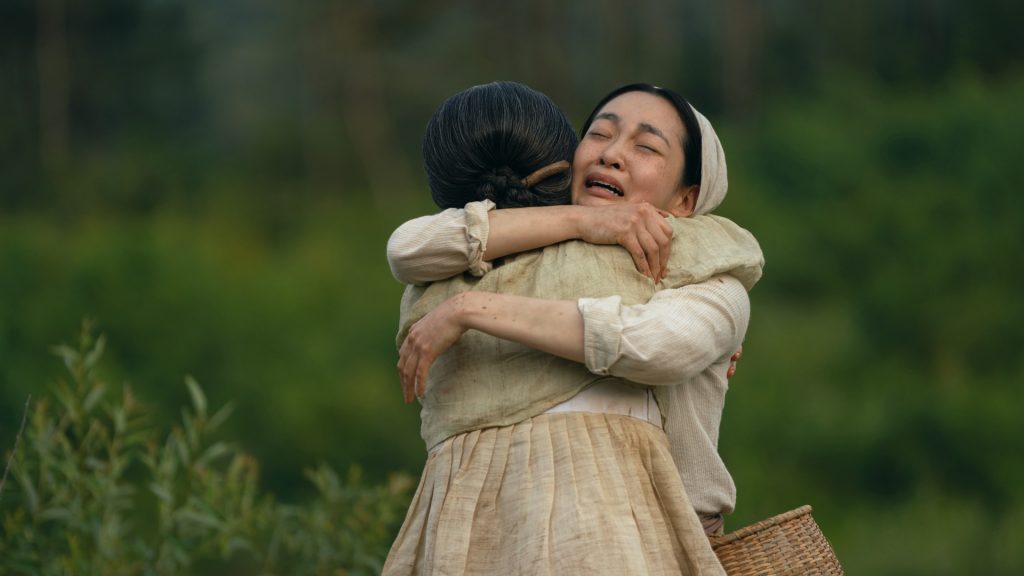
'Pachinko' (2022-)
“Write Something You Know You’re Going to Love”
Hugh advises aspiring television writers to follow their passion instead of trying to guess what producers or networks want or catering to current trends.
“Even though the market is a bit hectic right now, we don't know what the world is going to be like two years from now,” Hugh said. “We don't know what movies we're going to watch four years from now.”
It took Pachinko two years to get from Season 1 to 2, she pointed out. You might spend just as long on your passion project, and you can’t predict what the environment will be like after that time passes.
“It was written two years ago,” she said. “The world was so different when we started writing Pachinko Season 2. And now look at it. You have no idea what's going to happen.”
Read More: The Literary Manager's Process of Selling Your TV Spec Pilot
Check out our Preparation Notes so you start your story off on the right track!
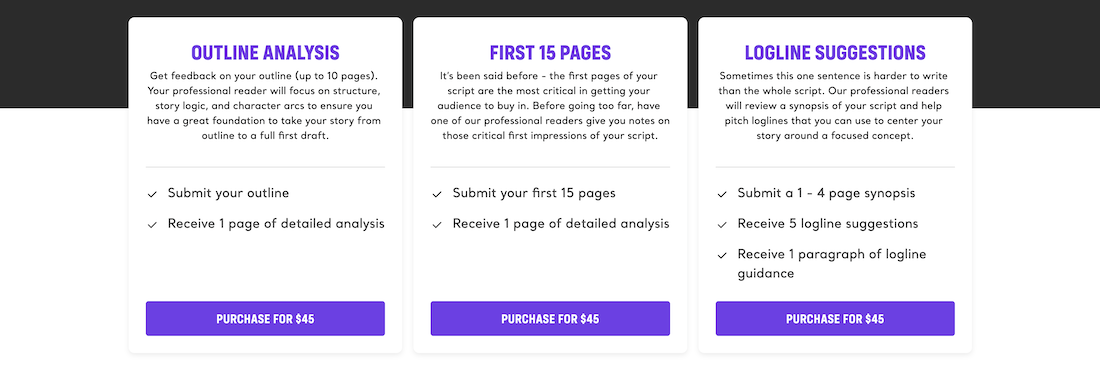
Tags
Get Our Screenwriting Newsletter!
Get weekly writing inspiration delivered to your inbox - including industry news, popular articles, and more!


